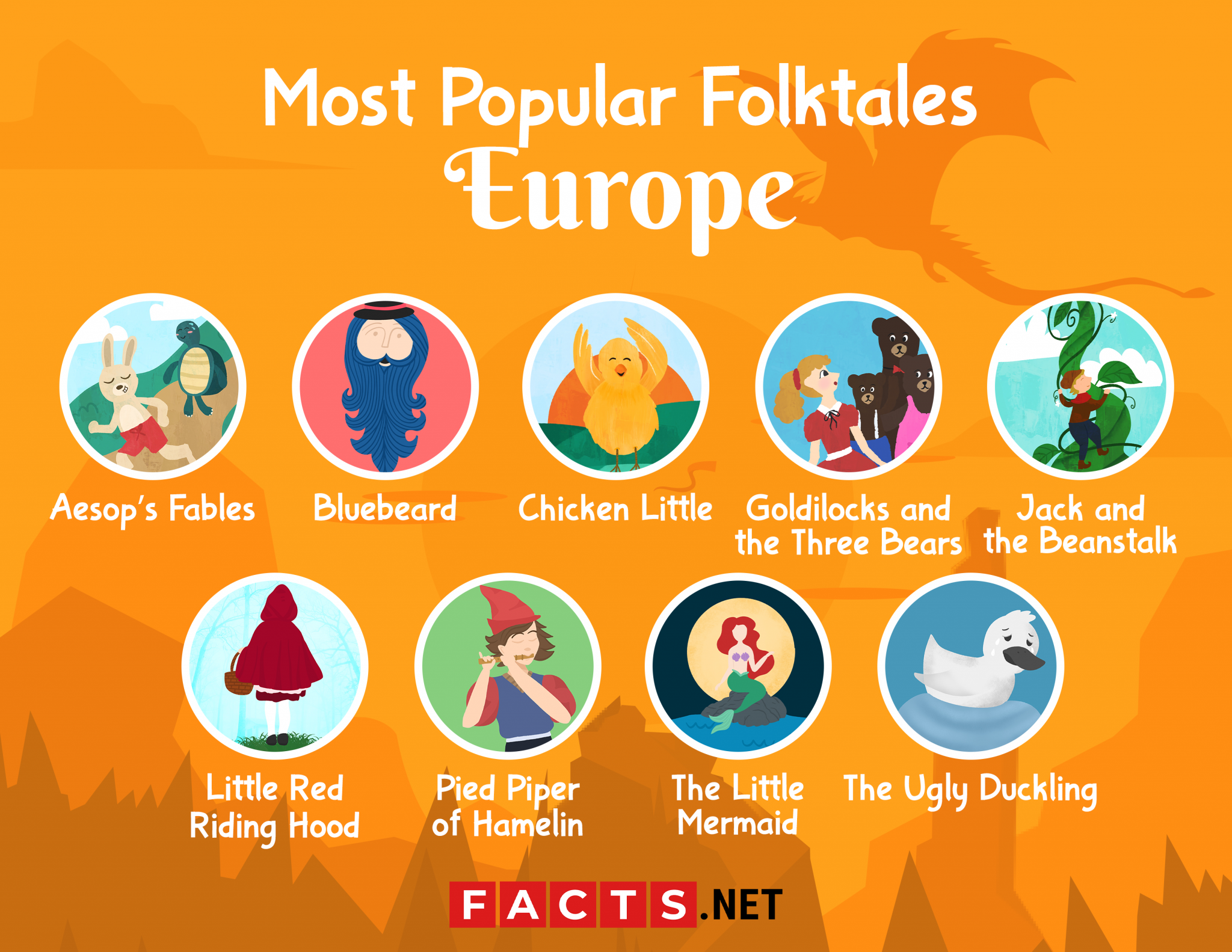There is something about popular folktales that have had people hooked on them for centuries. Nothing new comes from folktales, whether orally passed down or written by an author, that we have not heard from before. This is because folktales are traditional stories written to guide people in gaining a good moral compass. Learning about the different folktales and the lessons they offer has shaped virtues into children even after they have turned into adults. Thanks to the rise of the Internet, print media, and technological advancements, many of the popular folktales from around the world have traveled far from their origins.
Lessons learned from each folktale shape the society’s upbringing of their children, which makes it even more fascinating to learn. All the old folktales people grew up with can heavily influence society. However, take note that folklores are entirely different from folktales. While fairy tales and fables are other versions of folktales, cultural heritage produced folklore stories, which often include scary legends. Folklores include warnings of supernatural beings to keep children safe or well-behaved. Some folklore is also used to celebrate cultural heritage, and always seems to have lessons gained from them.
While you may be familiar with the folktale stories and common fairy tales of your own country, there are still many popular folktales to learn about. We have compiled an extensive list of fairy tales and folktales for you to read and enjoy. Included in this article are their origins, notable authors who either wrote them originally or printed the oral story, and the deeper meaning behind them.
Origin of Folktales
The definition of folktales is that they are stories that are mostly but not completely directed towards children. Folktales are divided into three separate groups: fables, fairy tales, and folktales. Old fairy tales are a combination of folktales and mythical creatures or supernatural events. They often describe a magical otherworld that’s hidden from our own. Fables are stories about animals with human problems and moral lessons that can apply to everyday life. And finally, folktales are stories passed down from a specific group or family. Famous folktales that are passed down are kid-friendly or scary, with gruesome endings.
Folktales originated long before the invention of paper. The tales were constantly passed down orally. It is unclear how old the tradition of passing down stories truly is. Once people gained the ability to mass-produce books and deliver them to various areas, it was then that authors began writing about imaginary places and creatures. These stories are called fairy tales. Fables are just as old as folktales. They became a subgenre of folktales that gear toward animal characters faced with situations and contradictions that people often face. Different artists retell popular folktales and make them their own, therefore changing versions continuously exist.
Most Popular Folktales by Location
Now that we have established the different types of folktales, let’s read about the popular folktales and their origin countries. We took the time to place them by continent for a more easy flow. Their origin country, the notable authors and actual writers of their stories, and the meaning behind all these folktales are also included in this article.
Popular European Folktales
Aesop’s Fables
Aesop’s Fables is probably the most popular collection of fables. They are one of the oldest examples of a folktale passed down orally, making it one of the most popular folktales to exist. Aesop’s Fables used animism to tell stories filled with lessons about virtues and morals. Animism is a form of storytelling where the main characters are animals that come across situations and problems dealt with by humans themselves. There are over 700 fables that have been passed down orally since the 6th century BCE.
These fables are more famously known to be part of Ancient Greece. However, the fables themselves have similarities to Sumerian proverbs. Though the tales have been twisted over time thanks to the lack of written texts, the stories remain true to the values on which each fable focused. A fun fact about these fables is that no one truly knows if Aesop, the slave who was credited for writing all these fables, ever existed.
Little Red Riding Hood
Notable Authors: Brothers Grimm, Charles Perrault
Locations: France, Italy
Old fairy tales like “The Little Red Riding Hood”, also known as “The Little Red Cap”, have had separate meanings and different versions. Originally, popular folktales such as this one were passed down orally. Famous authors like Wolfgang von Goethe, the Brothers Grimm, and Robert Browning, however, published them. Some versions of this tale have Little Red Riding Hood die in the arms of the wolf, just like Charles Perrault’s version. There are even stories that have the wolf become a werewolf or an ogre. The Grimm Brothers introduced the concept of the huntsman, who frees the wolf’s victims and has the little girl stuff him with heavy rocks instead.


